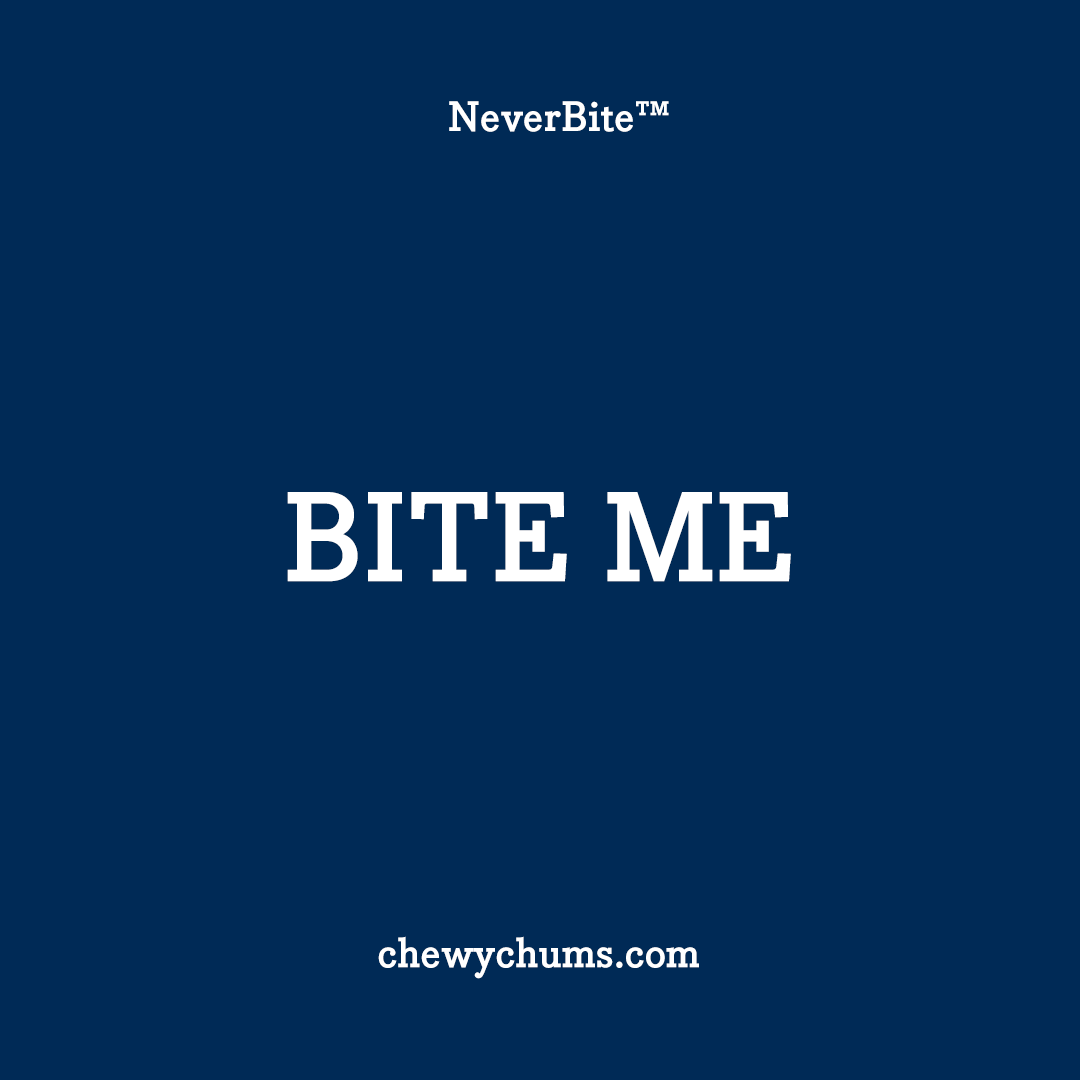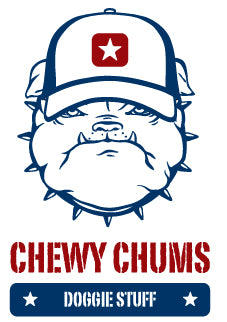
Toy vs. Tool: What Makes a Dog Product Truly Effective?
Chewy ChumsShare
Not All Dog Toys Are Created Equal
You’ve got squeaky toys, chew bones, ropes, and plushies. But which of those actually help you train your dog? And which are just… well, distractions?
Let’s settle the score between toys and tools—and show why the best products do both.
What Makes Something a Toy?
- Built for entertainment
- Engages the dog with sound, texture, or motion
- Often passive (chew, toss, ignore)
Toys are great for distraction. But they rarely teach.
What Makes Something a Tool?
- Designed for training or behavior shaping
- Requires human interaction
- Reinforces specific cues, behaviors, or routines
Tools build skills. They create structure. And they often require the handler to be part of the play.
Why the Line Gets Blurry
Some of the best products look like toys but behave like tools. That’s where NeverBite™ comes in.
It’s shaped like a toy. But it’s:
- Worn on the hand for structured training
- Built with silicone lining for bite-safe play
- Designed to redirect unwanted behavior
- Used by dog trainers and behaviorists
It’s a toy your dog loves. It’s a tool you trust.
Benefits of Tools Disguised as Toys
- Increased engagement from the dog
- Fewer behavioral issues through reinforcement
- Stronger bond between handler and pup
- More value for both pet parents and professionals
What to Look for in Toy-Tool Hybrids
- Reinforced materials
- Clear training applications
- Human-safe design (especially hand play)
- Bonus: education, guides, or training methods included
Final Word from the Crew
Your pup deserves more than a toy to destroy. They deserve something that teaches, builds trust, and strengthens their bond with you. NeverBite™ isn’t just a toy. It’s a tool disguised as one—and that’s what makes it powerful.
🏴☠ Want to upgrade from toy to tool? Make the switch with NeverBite™ and start training through play.
